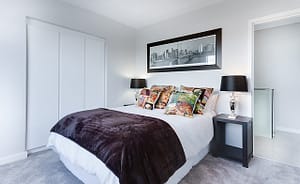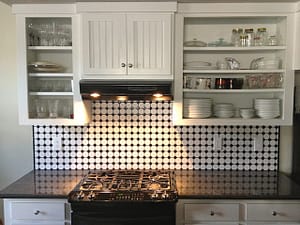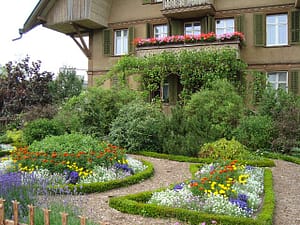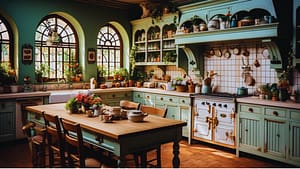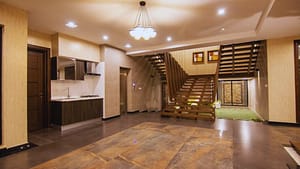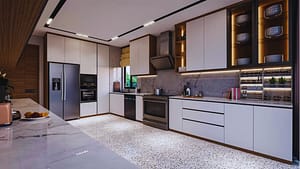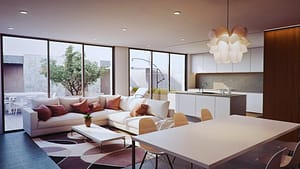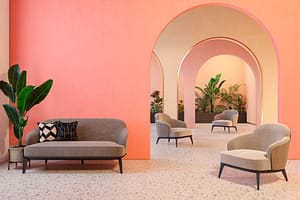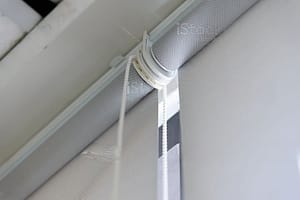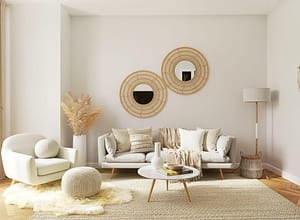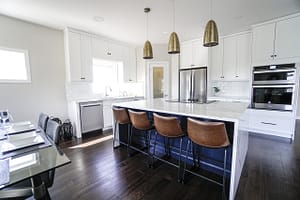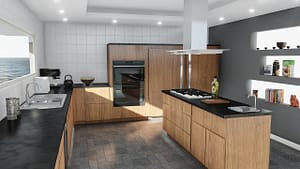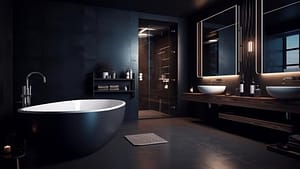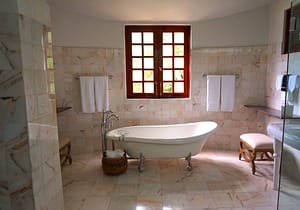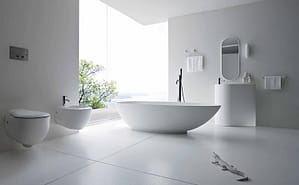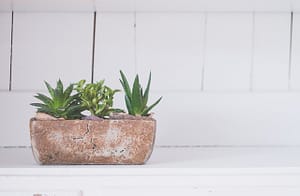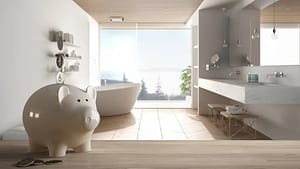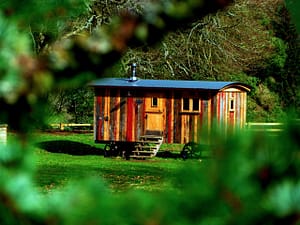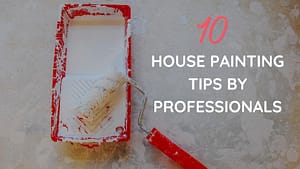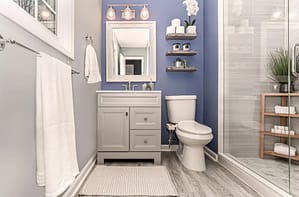
When it comes to having a beautiful home, the outdoor area is just as important as indoors. Your tastes can be reflected both the paths to your front door and in your backyard. And adding stamped concrete features is a great way to improve your driveway, walkways, patio, and more!
You’ve probably seen this material used in both residential and business settings but might not have even realized what it is. That’s because of its incredible versatility and the huge number of designs that can match nearly any taste and architecture.
What Is Stamped Concrete?
The name is a dead giveaway with this great product. Concrete is laid and coloring is added to it. Then it’s stamped with one of a variety of patterns. It can look like brick, cobblestone, natural stone, or even wood.
Stamped concrete is less expensive than most of the alternative decorative surfaces that are available. But there are other benefits as well. It’s highly durable and long-lasting, as you’d expect from concrete.
It’s also easy to maintain. It can be swept off or hosed down with a power washer. If necessary, a mild soap can be used. It does need to be resurfaced occasionally, but this is usually done every two years.
And if you live in a cold environment, it’s great to know that stamped concrete goes just fine with heated driveway or walkway systems! Adding the two at one time is ideal so that you can easily get rid of ice and snow and let that beauty shine through.
Design Ideas
There is a wide variety of patterns and colors to choose from when selecting stamped concrete. That means you can find a great match for what you want!
One factor to consider in your choice is the architecture of your home and the history of your community. While you want your home to “stand out”, you probably also want it to “blend in”. It should be recognized more for its beauty and ability to capitalize on what’s already there instead of seeming like it was dropped into the wrong neighborhood.
Luckily, the variety of designs and colors will make it easier to find the right one to match your home. Whether it’s with straight lines or natural curves, colonial or modern looks, or dark or light colors, you’ll be able to find something that works for you.
Let’s look at just a handful of what you can choose from! And remember, these are just some ideas. Your own creative impulse can help you choose what’s best for your situation!
1. Brick
The use of brick in buildings across North America is quite common. This type of construction was particularly popular during the Georgian, Victorian and Edwardian periods – a combined span that ran from the late 17th century to the early 20th. While features and colors changed over that time, the familiar “running bond” pattern of overlapping bricks remains well-known. And of course, these forms are replicated in many buildings today.
Driveways and walkways are great parts of your landscape to use a brick design for. When your front wall is also brick, it will look just like a natural extension of your home.
Consider adding a short concrete wall with the same brick design as an edge for your flower bed, too!
2. Cobblestone
If you’re in an even more historic part of the country, you might want to consider the look of cobblestone! While this isn’t known as much for buildings, it was hugely popular in old European streets as well as areas of the United States and Canada that remain largely unaltered since colonial days.
Save for some historic districts of old cities, you aren’t going to commonly see cobblestone streets anymore. Once in a while, it might turn up if your city has to dig up streets where the cobblestone was simply paved over.
Having a cobblestone drive leading up to your house is a great way to connect to history. It would be ridiculously expensive to deal with real cobblestone, but achieving it with stamped concrete is much more manageable. And you won’t have to worry about stones working themselves loose or settling over time, so your surface stays smoother and safer!
3. Stacked Bond
Straighter, more direct lines is often a part of a more modern architecture and design. Stacked bond definitely wouldn’t work for building – just trying stacking LEGOs without overlapping them. But for a horizontal surface, it’s an awesome look!
The main characteristics of the stacked bond are that the lines are continuous and unbroken. Whether you’re lining up squares or rectangles, you’ll find a great match for a home with clean, crisp lines. And the straightness can help create the illusion of length, making your property looking larger.
4. Hewn Stone
If you’d like a more rustic or natural stone look, you can choose a style that looks like it came right from the quarry. If you want a patio with a relaxed, unstructured feel this is a marvelous look. Or use it to create a fantastic walkway and stoop that has an unhurried feel.
The handcrafted look of this design allows things to appear less structured since there are no straight edges. It’s the antithesis of the stacked bond look, in a way, as the pattern makes it appear that stones were fit together using their natural edges rather than rigid lines.
5. Wood
Speaking of natural looks, we’ve come to what may be the least-expected pattern for stamped concrete – wood! Yes, you can even simulate wood planks or panels with this material.
Imagine the durability of a concrete porch but with the great classic look of wood. Or even a swimming pool deck can look like it was made from the planks of a pirate ship. And there are definitely some advantages – odds are, concrete is going to hold up longer. And no splinters!
Conclusion
When you want a great design for your patio, pool deck, porch, or driveway, stamped concrete is a great choice. No matter your taste or the type of home you own, there is a stamp design that will add to your curb appeal and the overall beauty of your property. It’s a great investment not just for its appearance but also for its durability and ease of care!
